ARMO Now Supports GKE Autopilot Clusters 🎉
We’re excited to announce that ARMO now fully supports Google Kubernetes Engine (GKE) Autopilot clusters!...
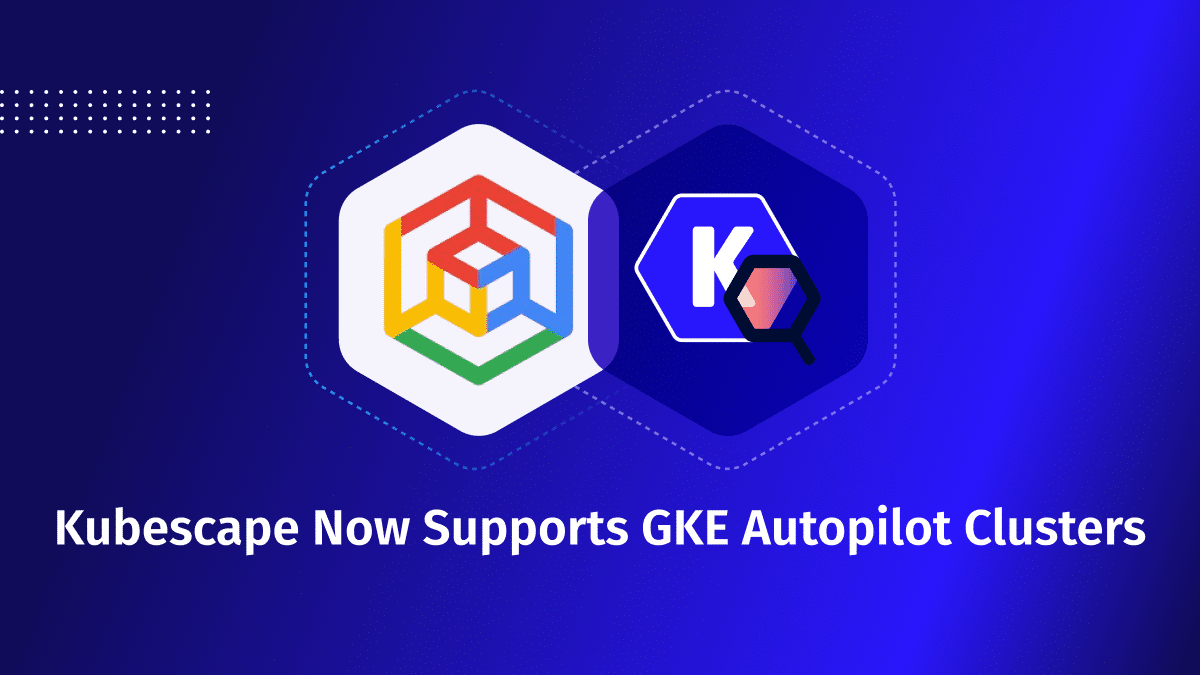
We’re excited to announce that ARMO now fully supports Google Kubernetes Engine (GKE) Autopilot clusters!...
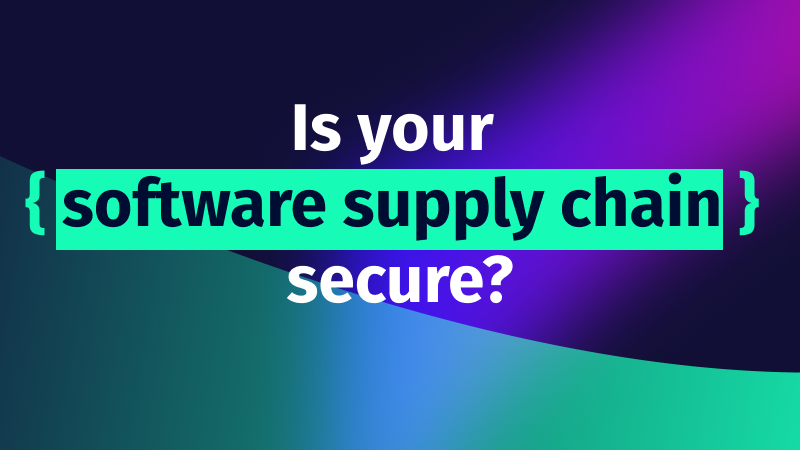
Software supply chain attacks cost businesses $45.8 billion globally in 2023 alone, and is projected...
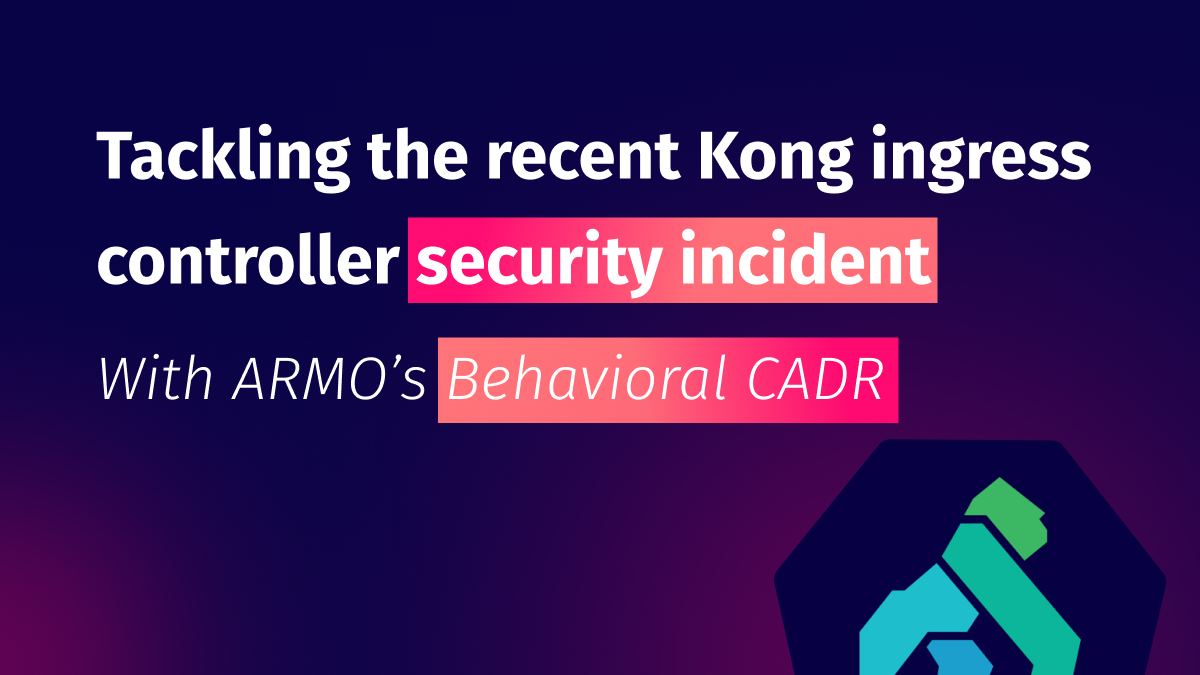
Imagine this situation: you recently updated one of your infrastructure software components. A few weeks...
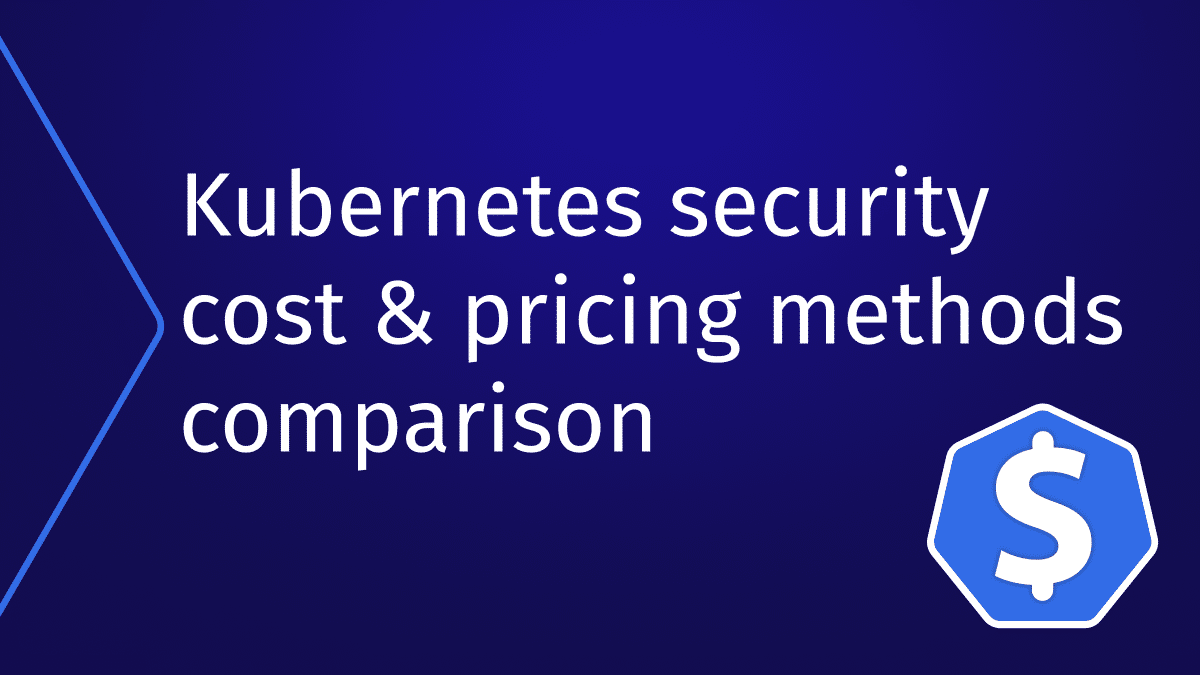
It is becoming increasingly important for organizations to manage Kubernetes security costs as they deploy,...
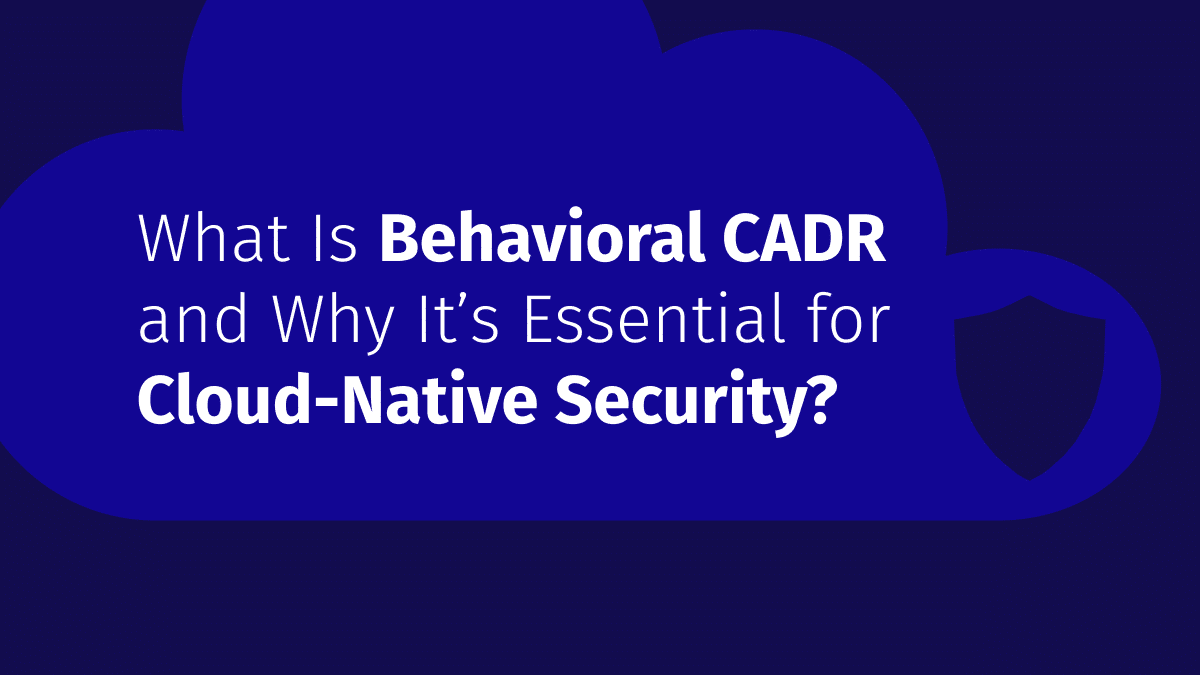
In this blog post, we will introduce the concept of behavioral Cloud Application Detection &...
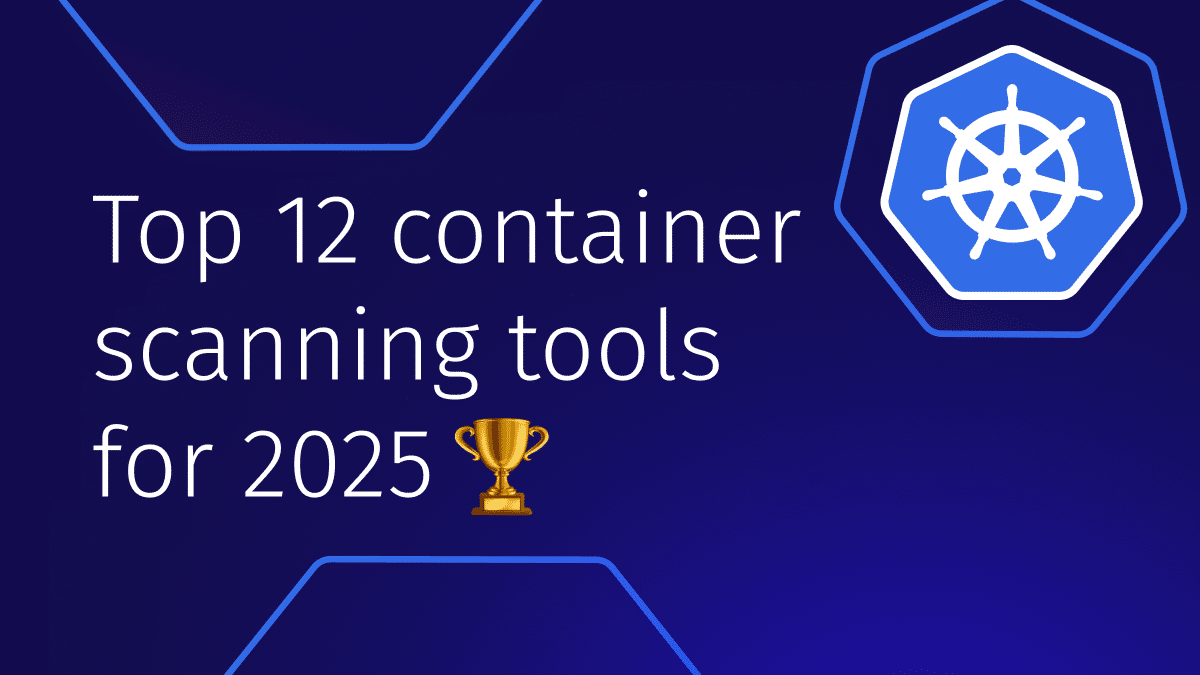
Kubernetes is a revolutionary technology for orchestrating containerized applications, enabling organizations to deploy and manage...
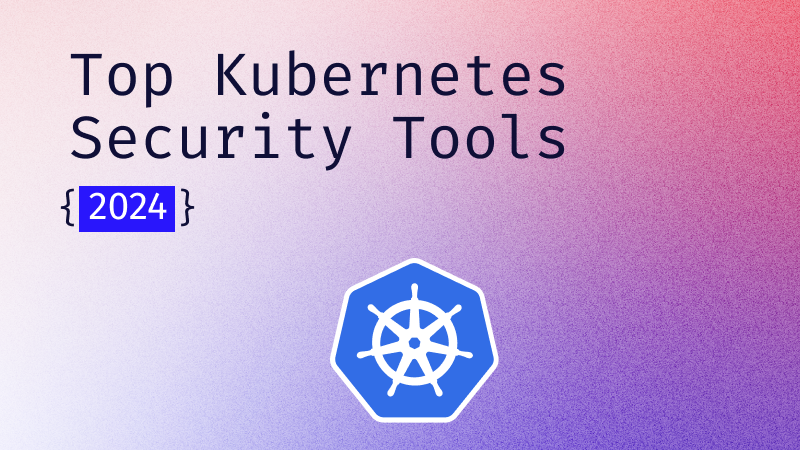
Explore the essential Kubernetes security tools that detect misconfigurations, vulnerabilities, and enforce best practices to...
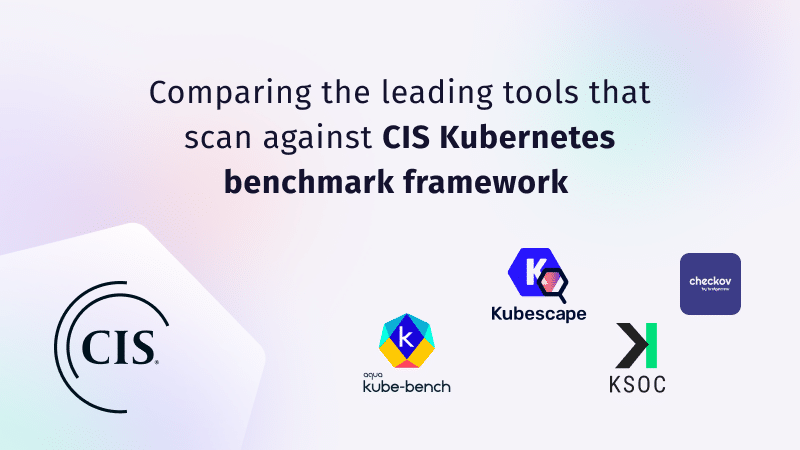
CIS Benchmarks are a focused set of guidelines for the secure configuration, vulnerability detection, and...
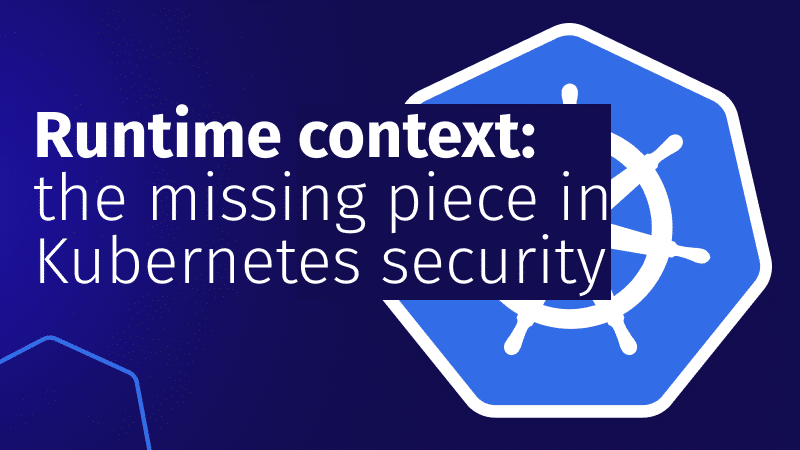
Originally appeared on The New Stack. More and more organizations rely on Kubernetes to deploy and manage...
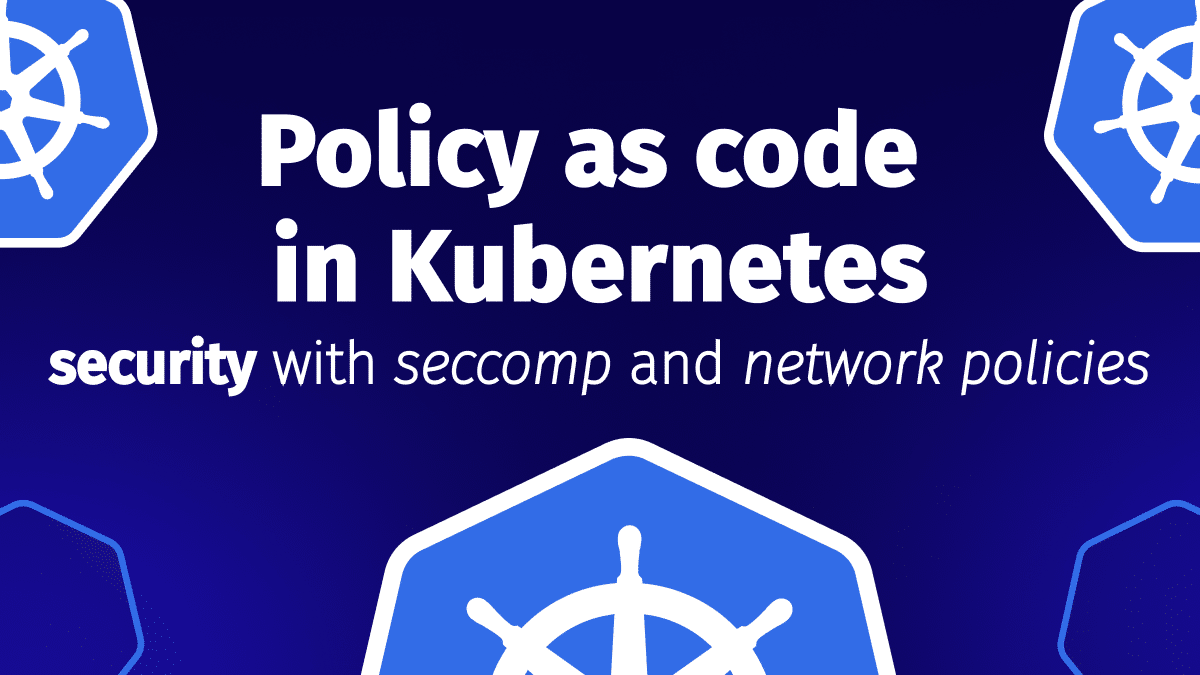
The dynamic world of Kubernetes and cloud security is constantly evolving. As we explore this...
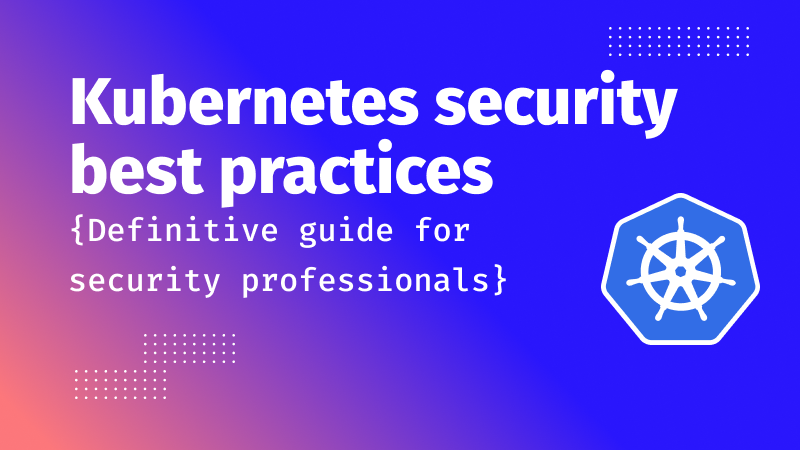
Navigating the complexities of Kubernetes security As containerized applications become the norm, the complexities of...

Kubernetes today is the de facto standard for container orchestration, deployment automation, scaling, and management...